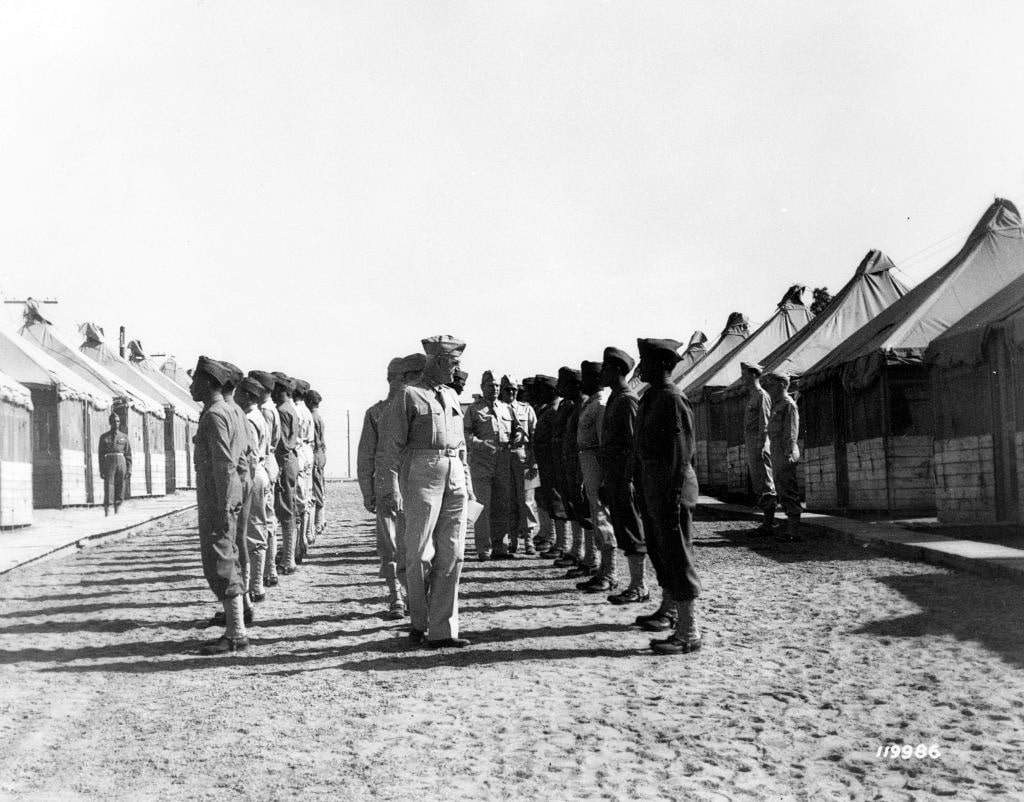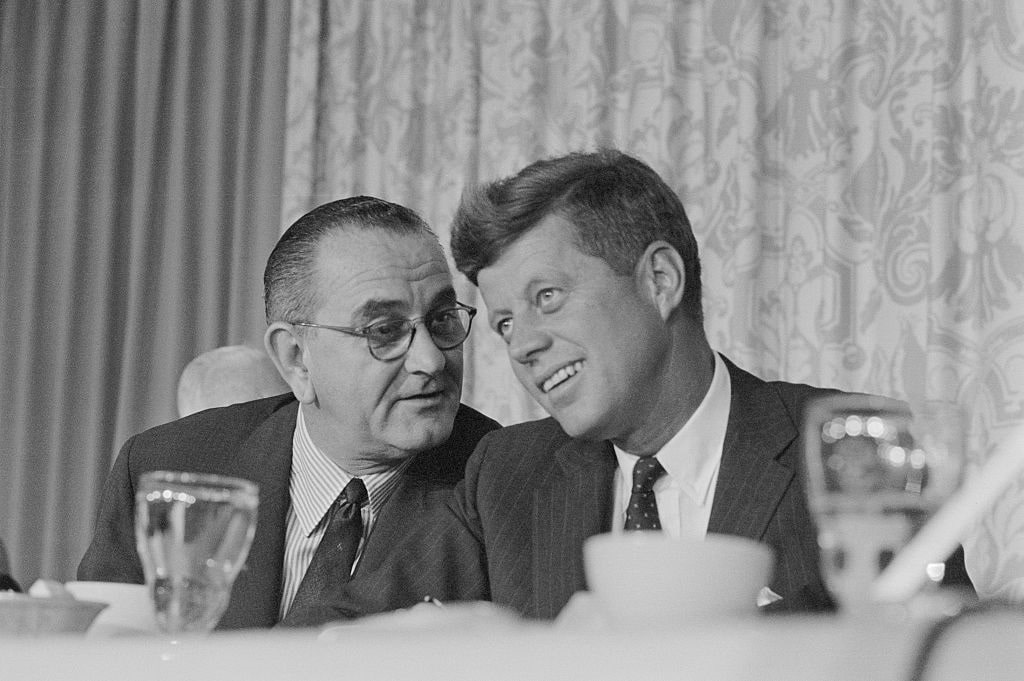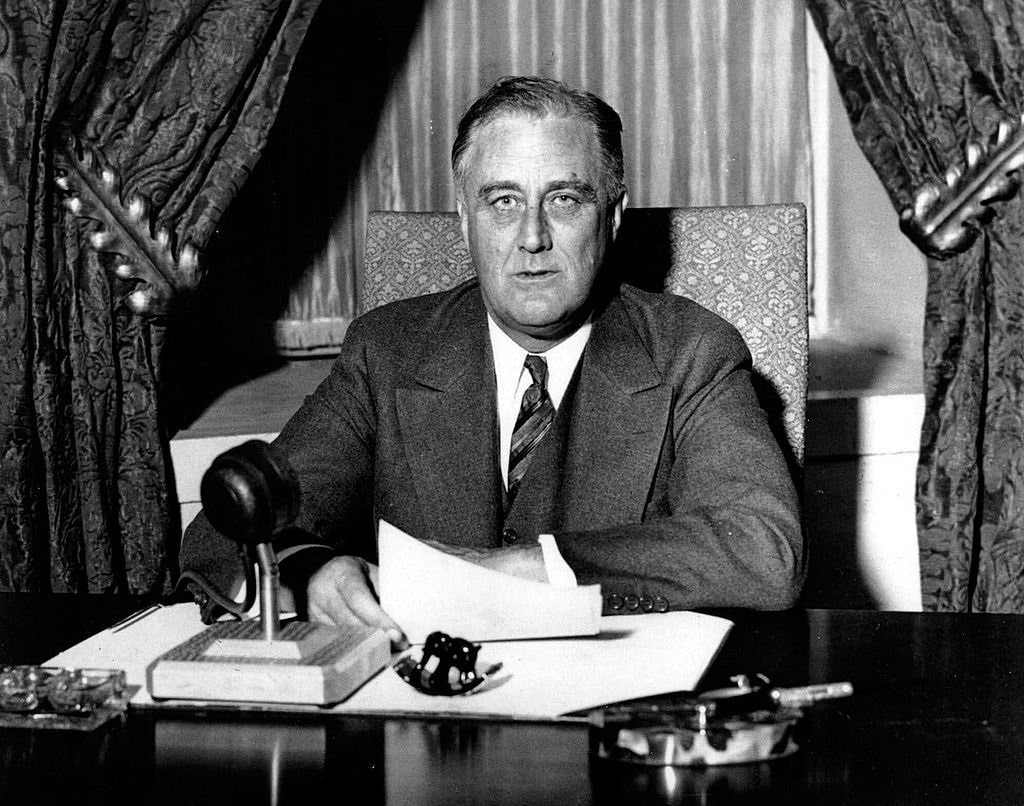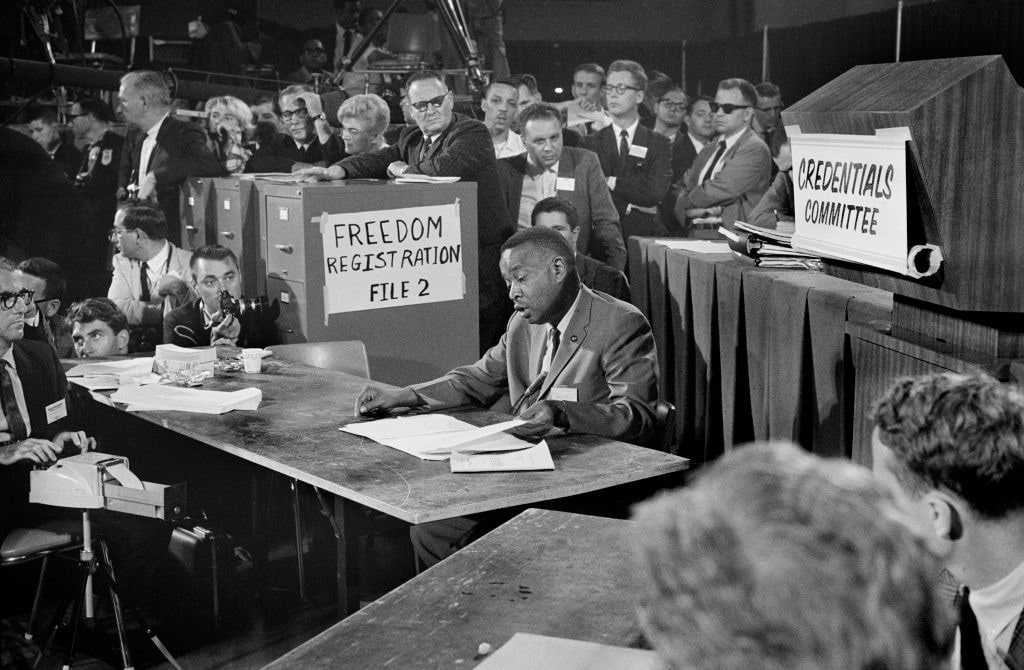It has oft been repeated by writers and commentators that Democrats and Republicans swapped their ideologies in the 1960s because of civil rights. During the Civil War, the narrative goes, Republicans were against slavery and Democrats were for it. During Jim Crow, Southern Democrats were for it while Republicans, and later Northern Democrats, were against it. But when Democrat President Lyndon B. Johnson signed the Civil Rights Act into law, all the morally bad Democrats were courted by and defected to the Republican Party to create today’s system in which one party is virtuous while the other is evil. This view is not based in reality, and belief in it is nothing more than a political purity test.
Civil Rights Before 1964
It’s largely forgotten today, but the United States had a Civil Rights Act that was passed in 1875 when the Republican Party and Reconstruction policy was dominating national politics. It would later be struck down as unconstitutional by the Supreme Court in 1883 on the argument of mandating that private businesses could not discriminate was a violation of the freedom to associate.
This case would pave the road to Jim Crow laws in the South, as the Democratic Party dominated state governments were given a free pass to promote racial discrimination so long as it could be called uncodified. This led to separate white and colored sections in public areas and the Supreme Court of Plessy v. Ferguson. African American plaintiff Homer Plessey argued that separate facilities based on race was codified discrimination. He lost the case, and the concept of “separate but equal” was born.

(Photo by Afro American Newspapers/Gado/Getty Images)
Following the aftermath of World War II, civil rights became a national issue again as many African-American men entered the armed services and risked their lives for their country only to return to discrimination at home. President Harry Truman, a Democrat, used his executive power to desegregate the military, but in terms of new laws to govern the nation, that could only come from the legislative branch. In 1947, he sent Congress a proposal to end segregation in interstate transport. Congress declined, and then-Representative Lyndon B. Johnson called Truman’s proposal “an effort to set up a police state in the guise of liberty.” Johnson would later publicly speak out against Truman’s Civil Rights proposals as he campaigned for the Senate in 1948.
Meanwhile, Southern Democrats were up in arms about Truman’s integration policies. They formed their own group within the party, calling themselves “Dixiecrats.” They ran South Carolina Governor Strom Thurmond as a presidential candidate in 1948 and won South Carolina, Mississippi, Louisiana, and Alabama for a total of 39 electoral votes. But that movement was short lived, and after the election, these upstarts fell back in line with the party.
Truman’s successor, President Dwight D. Eisenhower, a Republican, sent Congress a proposal for a sweeping new civil rights legislation. The Civil Rights Act of 1957 was passed, though it was watered down from what the president first proposed in order to gain the support of Democrats. This time, Senator Johnson voted in favor of it. It seemed like the Southern Democrats had hoped they could appease the nation by giving them a little on civil rights in exchange for some breathing room. But things did not work out that way.
The Civil Rights Act of 1964
Jim Crow was still alive and well as the nation entered 1958. President John F. Kennedy, elected in 1960, would eventually make civil rights one of his main priorities. While there was strong opposition to sweeping legislation from Southern Democrats, the rest of the party and their Republican rivals seemed to be in agreement that this legislation was desperately needed. On June 19, 1963, New York Democrat Congressman Emmanuel Celler proposed H.H. 7152, which would become the Civil Rights Act of 1964.

Lyndon B. Johnson and John F. Kennedy (Photo Credit Getty Images)
At the time, the Democrats controlled both the Senate and the House in addition to the White House, but their party was split on the issue, and Kennedy needed Republican support to help it pass. He found a political rival who was more than willing to be an ally on this issue, Ohio Republican Rep. William McCulloch. With Republicans and liberal Democrats working together, the Judiciary Committee under the chairmanship of McCulloch pushed the bill in a radical direction that worried Kennedy. He feared he would have to intervene to create compromises to make it easier to pass through the Senate – but he was assassinated before either chamber passed the bill. Five days later, the newly inaugurated President Johnson threw his full support behind the act.
Rep. Howard Smith, a Democrat who opposed the measure, was chairman of the House Rules Committee. He only allowed the bill to go to the full House for a floor vote after adding sex to the original four categories against which employers could not discriminate. Though he had supported women’s rights for nearly 20 years at that point, it’s still believed his amendment was intended as a poison pill.
It then faced stiff opposition from Southern Democrats and was subjected to a 60-day debate, the longest in the Senate’s history at that point. Senator Robert Byrd of West Virginia, a Democrat and former KKK member, filibustered the bill for fourteen hours. But with the help of the Senate Minority Leader, Republican Everett Dirksen, the bill passed.
President Johnson signed the Civil Rights Act into law on July 2, 1964. The act had the support of more than 80% of Republicans, but only 60% of the elected Democrats voted in favor of it. The Democrats who opposed it were pro-segregation, while the Republican minority who voted against the bill considered themselves to be libertarian-leaning and thought this act gave the government too much power in general despite it’s well intentions.
Swapping Parties?
Of all the Southern Democrats who were against segregation, there was only one member of Congress who crossed the aisle and joined the other party. Former governor and presidential candidate turned Senator Strom Thurmond of South Carolina supported Republican presidential nominee and fellow Senator Barry Goldwater in his failed 1964 run for the White House. Both men voted against the Civil Rights Act, though for different reasons, as previously explained. Thurmond was an ardent segregationist, but he was also a politician to his core. It has been speculated that the main motivation for him to flip parties was because he was expecting an intense primary challenge in 1966 if he stayed with the Democrats. For national politics, this was the only defection in 1964.
Changing Ideologies?
Rep. William McCulloch, whose support got the ball rolling on the Civil Rights Act, was a Republican in favor of small government. He was pro-gun and believed that education was a local, not federal, issue. Senator Dirksen also had similar views. The Republican Party of the early 1960s had a platform that is very similar to its current one.
Meanwhile, The Democratic Party has changed radically since it was founded by Thomas Jefferson. His party was pro-slavery and small government. After the Civil War and Reconstruction, southern and northern Democrats were very different from each other, but the larger northern faction tolerated and accommodated the South in order to preserve their coalition and thwart the Republicans.
But by the early 20th century, populist William Jennings Bryan was pushing “progressivism” in order to attract new voters in the west and urban areas of the east to the Democratic Party. Progressivism pushed for more government involvement for the economy in the interest of fairness – though Bryan probably wouldn’t be accepted in the modern party either, as he was a religious fundamentalist and one of the prosecutors fighting against the teaching of Darwinism in public schools during the 1925 Scopes Trial.

Franklin Roosevelt (Photo by Universal History Archive/Getty Images)
The party would radically change more in the 1930s, when Franklin Roosevelt was elected president during the Great Depression. Instead of allowing a recession to run its course with the market self-correcting, he pushed forward unprecedented state involvement and grew the government to a size that was, until that point, unthinkable in America. This was all under a program called The New Deal, and this leftward turn of the party was the beginning of the movement away from the southern faction.
The Generation After 1964
President Johnson easily won his election over Barry Goldwater in 1964, and he intended to run for a second term in 1968, though that didn’t happen, thanks to the unpopular Vietnam War. In 1968, Alabama Governor George Wallace ran for president as an independent with a pro-segregation platform. He won five southern states that, without Wallace’s candidacy, would almost certainly have been won by the eventual victor, Richard Nixon.
Revisionist historians would later claim that the 1968 election of Nixon marked a hard turn for the Republican Party as the Nixon campaign employed a so-called southern strategy to bring the left-behind white racist former Democrats into the fold. And while Nixon did campaign to get votes in the South, like any normal candidate who wanted to win and would therefore not boycott large swaths of the country, he did not seek out pro-segregationists. Those voters were locked into George Wallace’s camp.
For all the emphasis on the southern strategy, it is merely a myth. The south would still send their electoral votes to Democrats in the 1976 election, with the exception of Virginia. George Wallace would return to that party and was a presidential candidate again in the primaries of 1972 and 1976. But in 1980, the South supported Republican Ronald Reagan against their own Jimmy Carter, as did most of the nation. In 1984, Reagan carried the South again, winning re-election in a landslide.
After Reagan, George H. W. Bush won the south during the 1988 election, but that didn’t mean the region was locked in for Republicans. During Bill Clinton’s 1992 and 1996 campaigns, parts of the region supported him.
Strom Thurmond stayed with the Republican Party and holds the record for being the only US senator to reach 100 years old while holding office. Robert Byrd, the Democrat senator from West Virginia who almost killed the Civil Rights Act with his 14-hour filibuster, stayed in the Democratic Party, held on to his seat, and gained prominence as well. He passed away in 2010, and some of his funeral’s Democratic Party VIP attendees were former President Barack Obama, current President Joe Biden, and the Clintons.
Today’s Politics
Partisanship seems to be at the highest level in generations, and while the Republicans have moved somewhat toward the right, the Democrats have moved much farther left. Many voters continue to feel left behind by the sharp shift, with some politicians switching to the Republican Party and a million voters making the move as well during the 2022 election cycle.
As the Democrats continue their hard left turn, they continue to promote the myth that the two parties flipped their ideologies because of civil rights. But after examining the history, it appears this is nothing more than a lie with two purposes: purge the ugly spots from the party’s history and project them onto the opposition.
~ Daniel Kowalski is an American citizen who’s worried about his children growing up in a country on the decline because of poor management.




